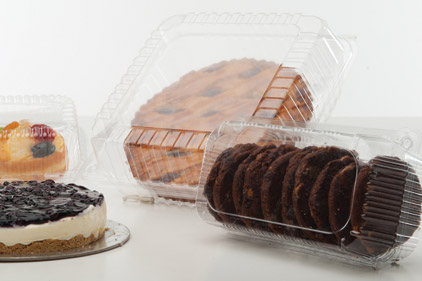New analysis from Frost & Sullivan on the North American flexible packaging market finds that the market earned revenues of $25.40 billion in 2011 and estimates this to reach $30.63 billion in 2016 at a compound annual growth rate of 3.8%. The main flexible packaging format is pouches, which are likely to remain popular during the forecast period of 2012-2016.
"While the food and beverage market is flexible packaging's largest end-user segment, healthcare has become the fastest growing," says Frost & Sullivan research analyst Tridisha Goswami. "In any application segment, product innovation geared toward effective performance, customization and sustainability is essential for the success of this market."
Polymers are the primary material in flexible packaging because of their properties of high performance and weight reduction. In addition, polymers can be engineered for better performance characteristics, such as barrier protection, clarity, transparency and mechanical strength.
Recent market trends include unit-dosage packaging, attractive product visualization and convenient, yet environmentally-friendly, packaging. But strong competition from countries offering low-cost manufacturing, and the strong competition among more than 400 converters in North America, seems to be slowing down the market. The market's maturity is further compounded by the production of thinner gauge sizes, which reduce the volumes.
The need for distinctive packaging that’s in line with changing technologies is challenging smaller converters and market participants. These players are often acquired by larger companies to enhance product offerings and expand their geographical footprint.
"Innovative packaging, customized products and sustainable packaging, along with mergers, acquisitions and partnerships, help companies gain expertise in niche segments and aid the overall growth of the market," notes Goswami.
Source: www.prnewswire.com




